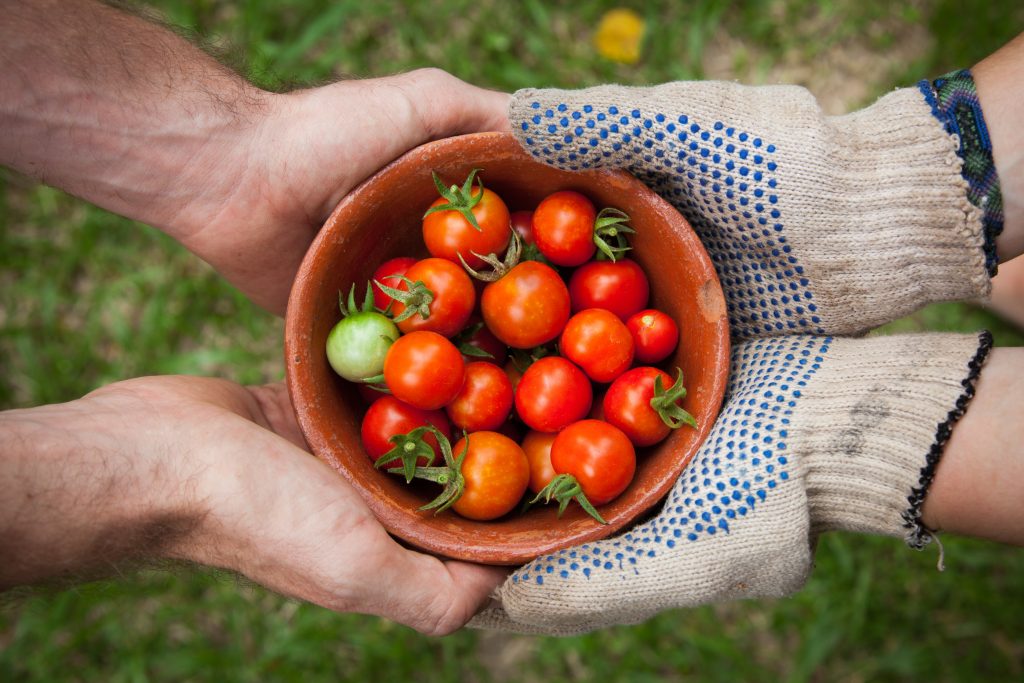
Let’s see a show of hands: do you ever discard your thoughts before they get the chance to be spoken?
If you’re anything like me, then working on your own increases the chance of this happening. Since I started my own business, I’ve noticed I often let my thoughts remain unspoken, regardless of whether they’re “good” or “bad”.
While I was out walking this morning, I decided to adopt a different strategy. What if I were to view all my thoughts as valuable service products?
Make yourself the point of reference
At the end of the day, thoughts are what differentiate me (and you) from others. They are a vehicle of knowledge, but also of empathy, since having and sharing thoughts is essentially human.
What I’m getting at is this. Sometimes we spend so much time trying to find a title for what we do that we overlook who we are and what we are good at in reality.
In order to authentically answer the question “What do you do?” you have to make yourself the point of reference, rather than trying to align with other people’s profiles. It takes daring to explain what you do without trying to be what others are.
For instance, if you find yourself creatively solving problems with ease; if you have the capacity to oversee the process with awareness of what the result might be; if you always choose to see the positive side of issues while staying on top of potential problems; and if you’re got more vision than a typical Design or Project Manager…
…then you’d better call yourself a Creative Project Solver. That’s what I’m doing. It’s who I am and I’m very proud of it!
Tell yourself the truth
To mirror this new way of seeing my work back to myself, I created the following mantras.
# 1 When a farmer grows a product, let’s say a tomato, their focus is on ultimately selling the tomato. So if my product is a thought or an idea, then that’s where my focus should be.
# 2 When you decide to add tomatoes to your daily diet, you start to eat tomatoes. If you want your thoughts and ideas to be your daily business, it’s time to honor them and use them.
# 3 We are all able to clearly list the benefits of eating a tomato, but it can be difficult to describe, defend or present the benefits of our thoughts.
#4 We can learn to grow tomatoes into more juicy, tasty and appealing products, but we avoid developing ideas although they’re as genuine as the tomato is.
As I start putting these mantras into practice, I’m also reading the book Service Design Thinking and trying to combine what I’m reading with the notions of Design Thinking I’m learning at the Design Thinkers Academy. By doing this exercise, I get additional clarity and direction for my own business.
After years of work in construction, risk management and project management, where my tasks included identifying risks, de-risking investments and projects, controlling input and output, monitoring facts and providing advice on time, up to quality standards and within budget — I’ve had my aha moment.
It all comes down to whether someone is enabling the team to share thoughts and combine insights and skills to co-create the result. If this someone also keeps the client close to the team as a core partner in the problem identification and problem solving process, then the project becomes even more successful. This someone is also responsible for nurturing a foundation of empathy and trust, since these are the most basic and most effective ingredients of good results.
This someone is me.
It doesn’t matter what I called it before, this is what I do. This is how I grow my tomato.
growing thoughts to share
So how do you convert a thought/idea into practice? How do you make sure your ideas don’t stay quarantined in your head, but that you make an effective start on something? How do you embed values in your daily doing?
The answer is simple: by sharing. More on that next time!